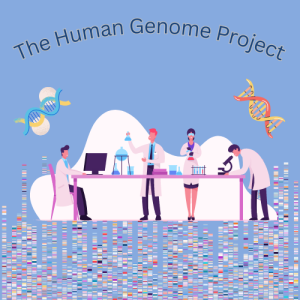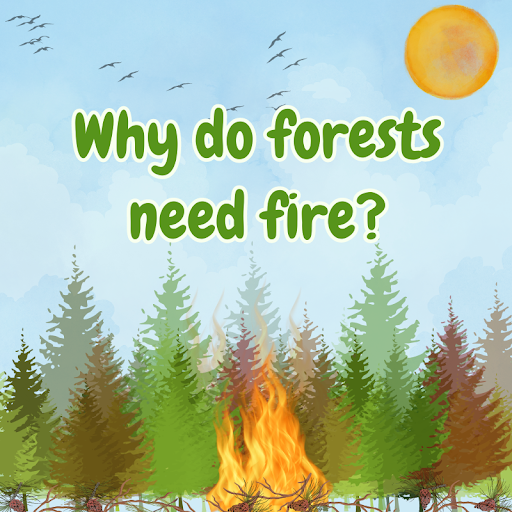By Yun Zi, Illinois Institute of Technology; This is a class project in IIT guided by Dr. Nik Sultana
In today’s interconnected world, networks play a vital role in enabling communication and data transfer between devices. Network interconnection devices refer to any hardware that connects different network resources, allowing these various devices to exchange information through different protocols and technologies. This enables the sharing and seamless flow of information among these devices, facilitating mutual connectivity and data exchange.
Continue reading “Real-Time Monitor System in SDN via P4”
By Ariane Tsai, C2ST Intern, University of Illinois Urbana-Champaign, Institute for Genomic Biology
It only took four letters to shift scientists’ perspectives on life. For hundreds of years, scientists clung to the belief that proteins were the smallest building blocks of life, and many hypothesized that proteins stored genetic information within them. In 1953, a revelation of unparalleled magnitude shook the scientific community to its core. That year, the double-helical structure of DNA, formed with repeating subunits called nucleotides with four different bases- adenine (A), thymine (T), cytosine(C), or guanine (G), was discovered. The revelation of the existence of DNA transformed our understanding of biology and ushered us into a new era of scientific discovery. Since then, scientists have taken great strides in unraveling the mysteries of life, one of them being the biggest undertaking of the scientific community – the Human Genome Project.
Continue reading “Decoding the Key to Life: The Human Genome Project”
By Sneha Das, C2ST Intern, University of Illinois Urbana-Champaign
The smoke from the Canadian wildfires blanketed the Chicago skyline in an intense haze a few weeks back. The news headlines, air quality warnings, and my time indoors on an otherwise beautiful summer day made me wonder, how much do I know about wildfires? The outcome – this blog!
By Mohammad Firas Sada and Sean Cummings, Illinois Institute of Technology
Prepare to enter the extraordinary domain of supercomputers, where computational marvels take center stage. These technological powerhouses are renowned for their ability to perform intricate calculations and handle vast amounts of data with unparalleled efficiency. But what sets them apart from personal computers? Why do we need these extraordinary machines, and why do specialized supercomputer centers exist? Join us on a fascinating journey as we unravel the mysteries of supercomputing and delve into the captivating world of the FABRIC KNIT6 Testbed Workshop at the Texas Advanced Computing Center (TACC).
By Sneha Das, C2ST Intern, University of Illinois Urbana-Champaign
You may remember bacteria as teeny-tiny organisms seen under a microscope from biology lessons in school. In this blog, however, I will introduce you to a giant bacteria visible to the naked eye. Thiomargarita magnifica, the world’s largest bacteria, is about a centimeter long – roughly the length of a human eyelash. Its species name “magnifica” is inspired by the Latin word ‘magnus’ meaning big, and the French word ‘magnifique’ meaning gorgeous.
T. magnifica was first discovered in the Caribbean mangroves of Guadeloupe in 2009. It looked like a bunch of small threads floating on leaf debris – each thread too long to qualify as a single bacterial cell. After years of careful examination, scientists finally reported the discovery of this bacterial titan in June 2022. Jean-Marie Volland, a scientist who studied T. magnifica, describes it as 5,000 times bigger than an average bacteria which, to put it in perspective, would be like a human encountering another human as tall as Mount Everest.
By Asha Egmont, C2ST Intern, Loyola University
Imagine a customizable meal at the touch of a button! It sounds like something out of The Jetsons, but it is quickly becoming a reality. Scientists are working to develop a reliable technology for the 3D printing of edible and nutritious food items.


